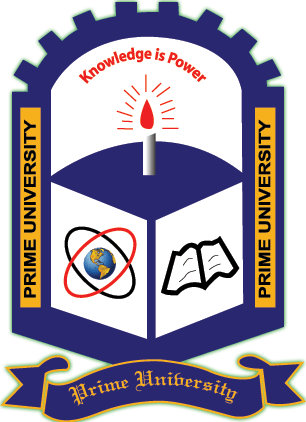Resources
An electronic library (colloquially
referred to as a digital library) is a
focused collection of digital objects that
can include text, visual material, audio
material, video material, stored as
electronic media formats (as opposed to
print, microform, or other media), along
with means for organizing, storing, and
retrieving the files and media contained
in the library collection. Digital
libraries can vary immensely in size and
scope, and can be maintained by
individuals, organizations, or affiliated
with established physical library
buildings or institutions, or with
academic institutions.The electronic
content may be stored locally, or accessed
remotely via computer networks. An
electronic library is a type of
information retrieval system.
In the context of the DELOS, a Network of
Excellence on Digital Libraries, and
DL.org, a Coordination Action on Digital
Library Interoperability, Best Practices
and Modelling Foundations, Digital Library
researchers and practitioners and software
developer produced a Digital Library
Reference Model which defines a digital
library as: "A potentially virtual
organisation, that comprehensively
collects, manages and preserves for the
long depth of time rich digital content,
and offers to its targeted user
communities specialised functionality on
that content, of defined quality and
according to comprehensive codified
policies."
The CD ROMs containing contents of
different books, matters relating to
Environments, Historical Incidences,
Culture, Culinary Arts etc.
A distinction is often made between
content that was created in a digital
format, known as born-digital, and
information that has been converted from a
physical medium, e.g. paper, by
digitizing. It should also be noted that
not all electronic content is in digital
data format. The term hybrid library is
sometimes used for libraries that have
both physical collections and electronic
collections. For example, American Memory
is a digital library within the Library of
Congress.
Some important digital libraries also
serve as long term archives, such as arXiv
and the Internet Archive. Others, such as
the Digital Public Library of America,
seek to make digital information widely
accessible through public libraries.
Academic repositories:
Many academic libraries are actively involved in building institutional repositories of the institution's books, papers, theses, and other works which can be digitized or were 'born digital'. Many of these repositories are made available to the general public with few restrictions, in accordance with the goals of open access, in contrast to the publication of research in commercial journals, where the publishers often limit access rights. Institutional, truly free, and corporate repositories are sometimes referred to as digital libraries.
Academic repositories:
Physical archives differ from physical libraries in several ways. Traditionally, archives are defined as:
- Phasellus enim magna, varius et commodo ut.
- Sed consequat justo non mauris pretium at tempor justo.
- Ut nulla tellus, eleifend euismod pellentesque vel, sagittis vel justo
- Phasellus enim magna, varius et commodo ut.
- Phasellus enim magna, varius et commodo ut.
- Sed consequat justo non mauris pretium at tempor justo.
- Ut nulla tellus, eleifend euismod pellentesque vel, sagittis vel justo
- Phasellus enim magna, varius et commodo ut.
The technology used to create digital libraries is even more revolutionary for archives since it breaks down the second and third of these general rules. In other words, "digital archives" or "online archives" will still generally contain primary sources, but they are likely to be described individually rather than (or in addition to) in groups or collections. Further, because they are digital their contents are easily reproducible and may indeed have been reproduced from elsewhere. The Oxford Text Archive is generally considered to be the oldest digital archive of academic physical primary source materials.
Library Rules and Services
The Prime University Library is rendering the following services to the users.
- The users can collect their desired books from the open shelves;
- The books have been shelved on the basis of subjects, which enables the users to pin-point the location of their desired books easily;
- Magazines, Newsletters, University product viz. Journal, Newsletter, Annual Report, Magazine etc. are shelved separately;
- The borrowers (students) can borrow books for 15 (fifteen) days. If he/she desires to borrow the same book again, then he/she is to deposit the book in the library first and can recollect the same on the following day;
- The teachers are allowed to borrow books of their subjects for 01(one) semester but they are to return the books immediately after the semester is over;
- The borrowers (student/faculty) are to pay a fine of Tk.5 (Five) per book per day, if they do not comply with the decision as noted in serial 4 and 5.
- The borrowers (student/faculty) are to pay a fine of Tk.5 (Five) per book per day, if they do not comply with the decision as noted in serial 4 and 5.
- The library users are to deposit their bags to the bag-corner before entering into the book shelve area of the library.
Note: In case of gross violation in using the library, the user will be dealt with as per library rules.
Library Hours
- Monday -Thursday 9.00 am-5.30 pm
- Friday 9.00 AM-6.00 PM
Note: Library remains closed on the holidays declared by the university authority

















